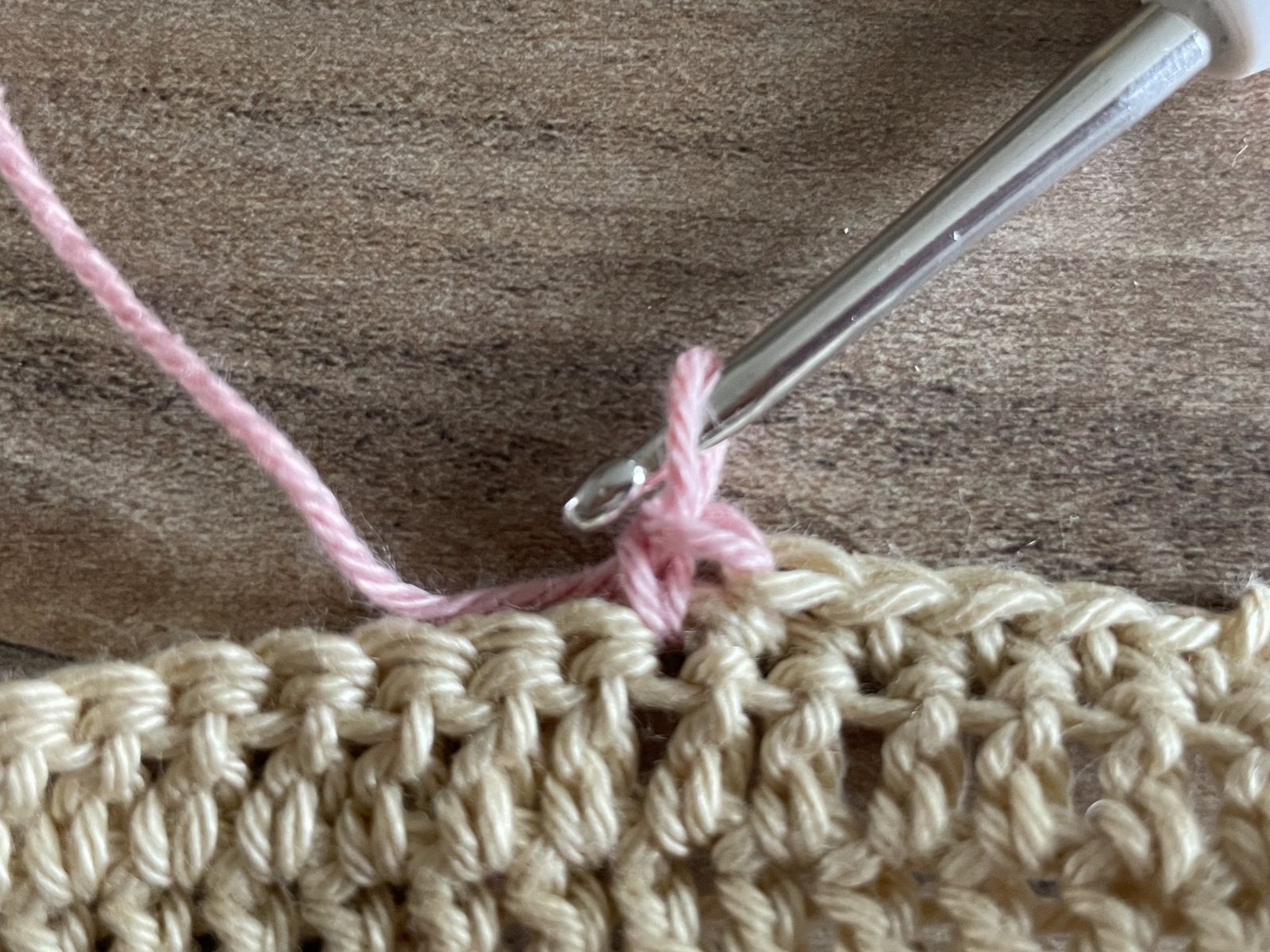Crocheting is a creative and relaxing handcrafting technique that offers infinite possibilities to create unique and beautiful projects. An important aspect when crocheting patterns or designs with multiple colors is the color change. Most crochet works are designed to be colorful. Therefore, it is crucial to learn how to execute a color change in crochet correctly. A clean and skillful color change can make the difference between an average and an outstanding crochet project. In this blog post, we will focus on how to achieve the perfect color change in crochet.
The (Almost) Invisible Color Change
The invisible color change is a technique that allows you to seamlessly switch colors without creating an unsightly transition. To perform an invisible color change, crochet the last stitch of the old color up to the point where you want to introduce the new color. Instead of pulling the last loop completely with the new color, complete the last stitch with the new color. This creates a clean transition that is almost invisible.
When changing colors, it is important to ensure that the tension of the yarn remains consistent. If you crochet too tightly or too loosely, this can lead to messy transitions. Therefore, make sure to crochet with the same tension to ensure a uniform color change.
The following illustrations show how the color change is done in different types of stitches.
Single Crochet
.jpeg)
.jpeg)
.jpeg)

Double Crochet and Half Double Crochet
When working with double crochet stitches, the color change is carried out in the same way as with other stitches. However, it is important to note that it doesn't matter how many loops are still on the hook. If threading the yarn through all loops completes the stitch, then the color change should occur at that point. This means that for a half double crochet stitch, the new color should be pulled through three loops.
Double Crochet
.jpeg)
.jpeg)
.jpeg)
.jpeg)
.jpeg)
Half Double Crochet
.jpeg)
.jpeg)
.jpeg)
.jpeg)
Color Change at the End of a Row
To perform a color change at the end of a row, follow the same steps as previously explained for single crochet and (half) double crochet stitches. If you want to change the color for the next row, execute the color change in the last stitch of the row.
.jpeg)
.jpeg)
.jpeg)
.jpeg)
Color Change at the End of a (Completed) Round
The same principles apply for a completed round as mentioned before. In this case, the last stitch is a slip stitch. Therefore, the color change must occur within the slip stitch. To finish the round with a slip stitch, insert the hook into the first stitch (the stitch to which the last stitch should be joined). When pulling the yarn through to complete the slip stitch, use the new color.
.jpeg)
.jpeg)
.jpeg)
.jpeg)
For spiral rounds, you can simply switch to the new color as you work along the spirals.
.jpeg)
.jpeg)
.jpeg)
In addition to these techniques, there is also the seamless color change method. This involves achieving a perfect straight line as a separation between the two color rows. However, to accomplish this, you should have some experience in crocheting or be willing to practice with patience, as you will need to crochet an entire round at once using both colors simultaneously. Here's how you can do it:
In principle, this works the same way as changing to a new color - meaning the new color is used to complete the stitch and pull the yarn through for the last time. However, this time it is done for an entire round or row. This means that you crochet the first part of the stitch in the old color and only pull the new color through at the very end.
.jpeg)
.jpeg)
.jpeg)
.jpeg)
.jpeg)
In the image, we have depicted it for a row so that it can be better understood. However, in practice, you would then have the seamless color change only on one side.
We hope that these tips are helpful to you. Do you have any other methods to achieve a great color change in crochet and combine colorful hues with love? Feel free to write to us. We look forward to hearing your ideas and suggestions.











































